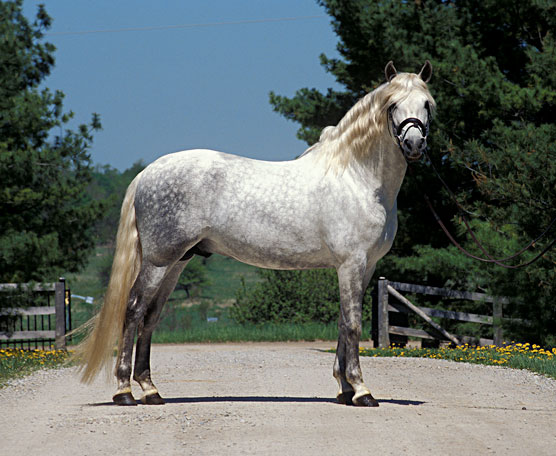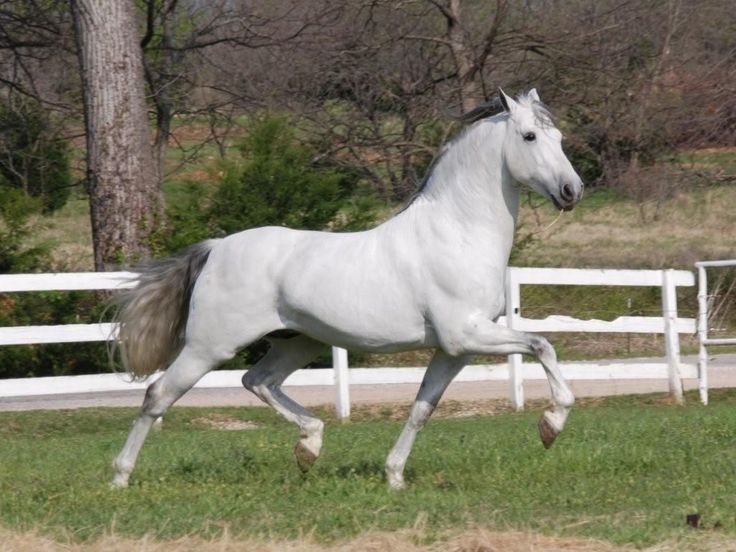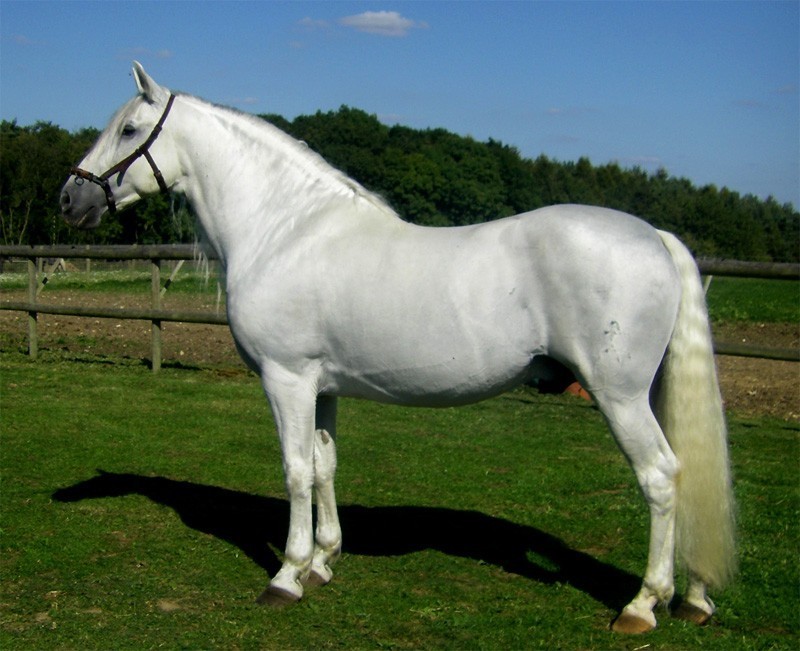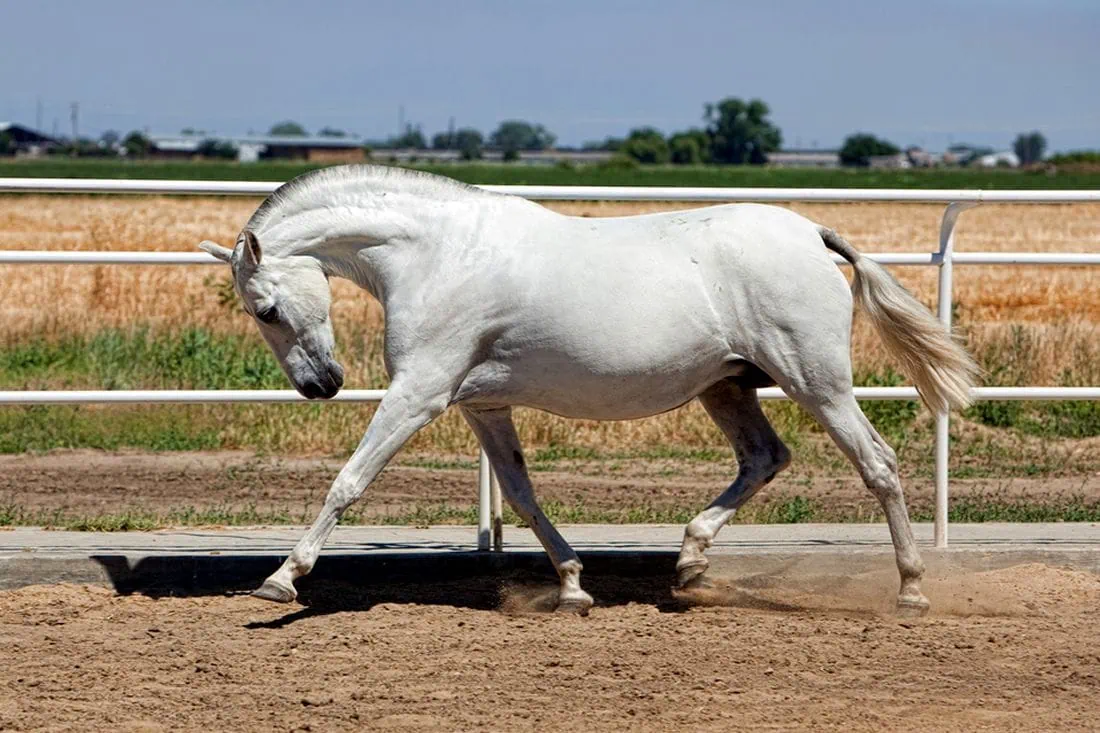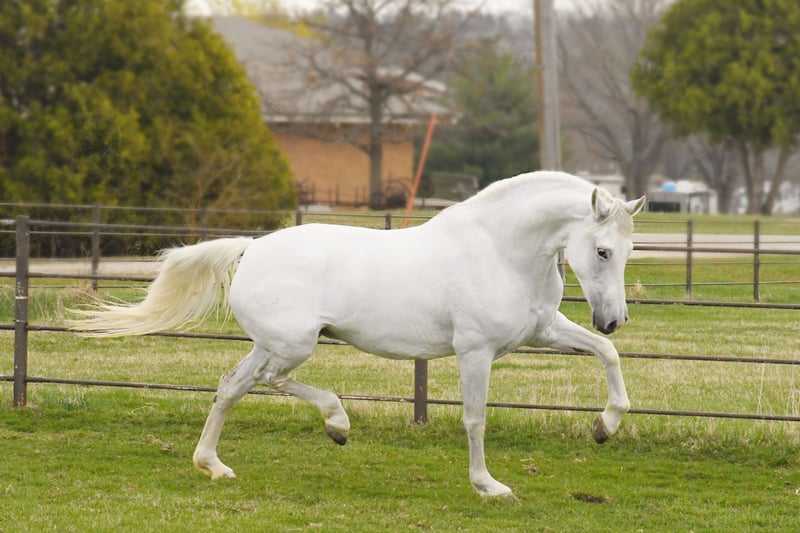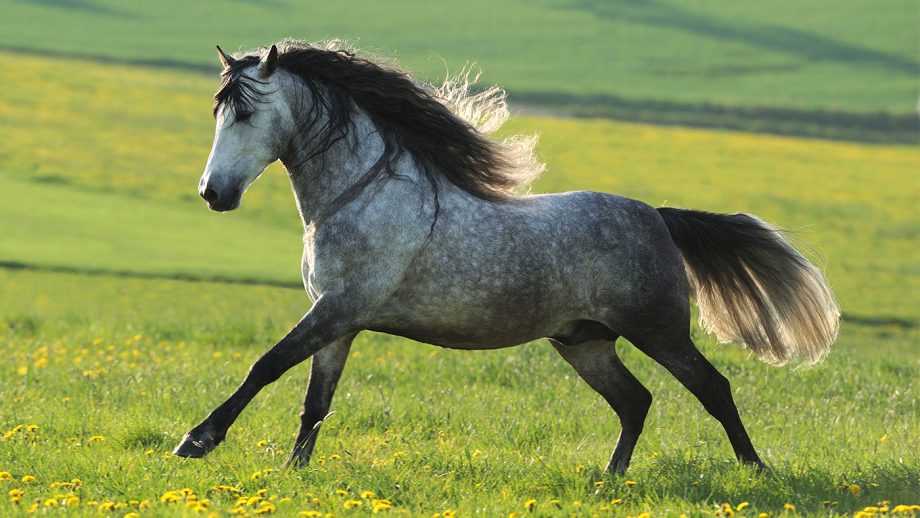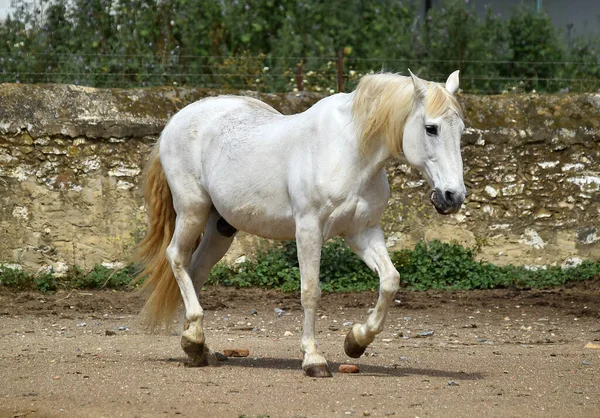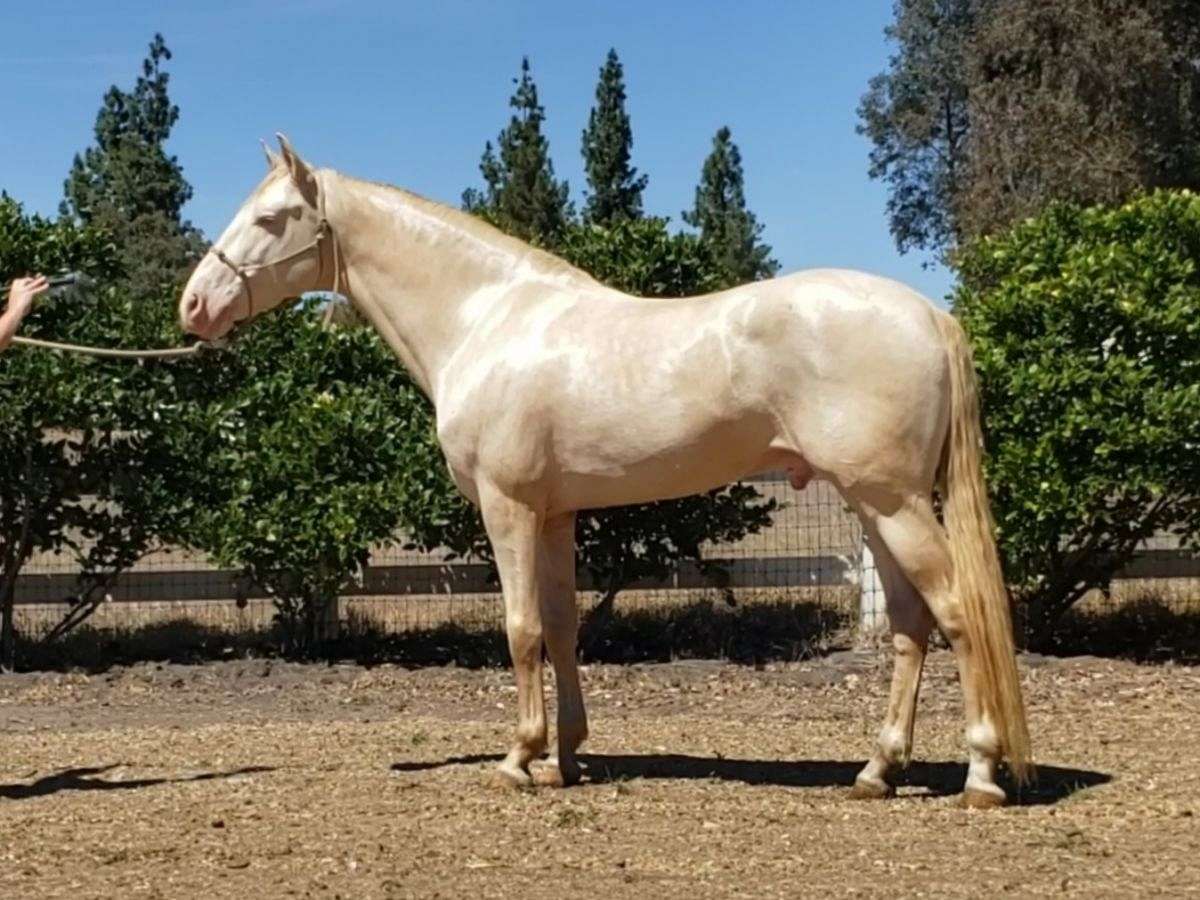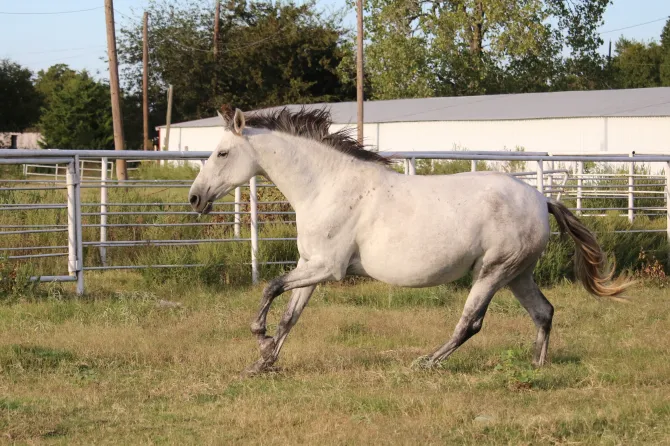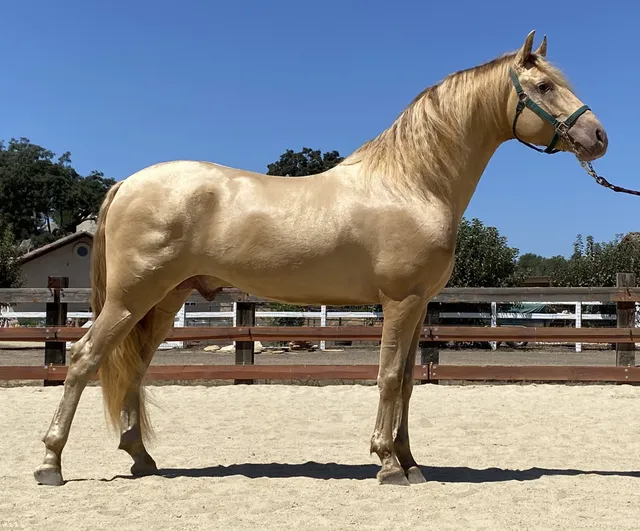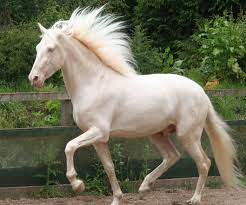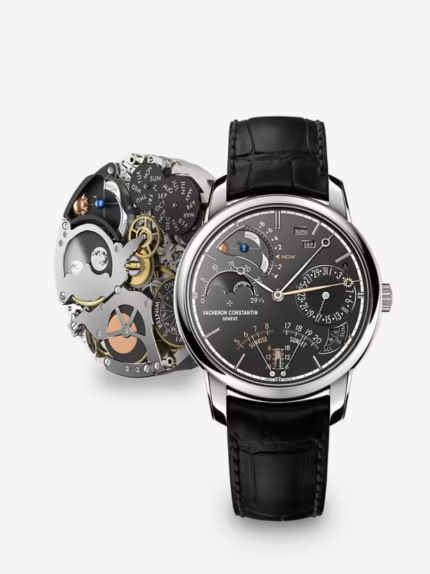Description
The Majestic Andalusian Horse: A Testament to Beauty and Strength
The Andalusian horse, often hailed as one of the most graceful and noble breeds in the equine world, has captivated horse lovers and riders for centuries. Originating from the Iberian Peninsula, specifically the region of Andalusia in southern Spain, this breed boasts a rich history, remarkable physical attributes, and a profound connection to various equestrian disciplines.
Historical Significance
The lineage of the Andalusian horse can be traced back over 2,000 years, with its ancestors believed to be influenced by a mix of Iberian, Arabian, and Barb horses. Throughout history, these horses were prized for their versatility and intelligence, making them invaluable companions in warfare, agriculture, and transport. The breed’s significant role in the Spanish conquests of the New World and its influence on other horse breeds, including the Lipizzaner, Quarter Horse, and Thoroughbred, highlight its importance in equine history.
In the Middle Ages, the Andalusian was regarded as the “noble horse” of Europe, favored by royalty and the aristocracy. The breed’s graceful movements and natural aptitude for classical dressage made it a symbol of status and prestige. Even today, Andalusian horses are celebrated in the realm of classical riding, showcasing their agility and elegance in performances around the world.
Physical Characteristics
The Andalusian horse is renowned for its striking appearance. They typically stand between 15.1 to 16.2 hands high and possess a compact, muscular build. Their well-defined necks, broad shoulders, and powerful hindquarters contribute to their impressive strength and agility. Andalusians are often recognized for their long, flowing manes and tails, which add to their allure.
Color-wise, the breed is most commonly seen in gray, but they can also come in shades of bay, black, and chestnut. The breed’s distinctive coat and overall conformation are not just aesthetic traits; they also enhance the horse’s performance and adaptability across various equestrian disciplines.
Temperament and Trainability
One of the most appealing aspects of the Andalusian horse is its temperament. Known for their intelligence and willingness to work, they are often described as having a calm and gentle disposition. These traits make them excellent partners for both novice and experienced riders. They are known to bond closely with their handlers, exhibiting loyalty and a desire to please.
The breed’s natural athleticism and eagerness to learn contribute to their success in various disciplines, including dressage, show jumping, and driving. Andalusians are particularly celebrated in classical dressage, where their fluid movements and ability to perform intricate maneuvers are on full display. Their training often emphasizes a harmonious partnership between horse and rider, showcasing their unique ability to respond to subtle cues.
Cultural Impact and Modern Use
The Andalusian horse holds a special place in Spanish culture, often associated with traditional festivals, flamenco performances, and the famous Andalusian equestrian art known as “doma vaquera.” Their beauty and grace have inspired countless artists, writers, and musicians throughout history, solidifying their status as icons of equine elegance.
In contemporary times, the breed has gained international recognition and popularity. Today, Andalusian horses are used not only in competitive disciplines but also in therapeutic riding programs, showcasing their gentle nature and ability to connect with humans on an emotional level. Their versatility ensures that they continue to thrive in various roles, from family companions to competitive athletes.
Conclusion
The Andalusian horse is a remarkable breed that embodies a rich history, stunning beauty, and exceptional versatility. Whether in the show ring, on the trail, or as a cherished companion, these horses leave a lasting impression on everyone they encounter. As we continue to celebrate and preserve this majestic breed, the Andalusian horse stands as a testament to the enduring bond between humans and horses, a relationship built on trust, admiration, and mutual respect.

